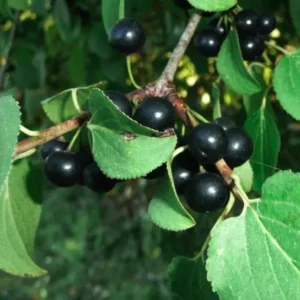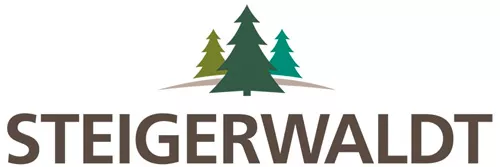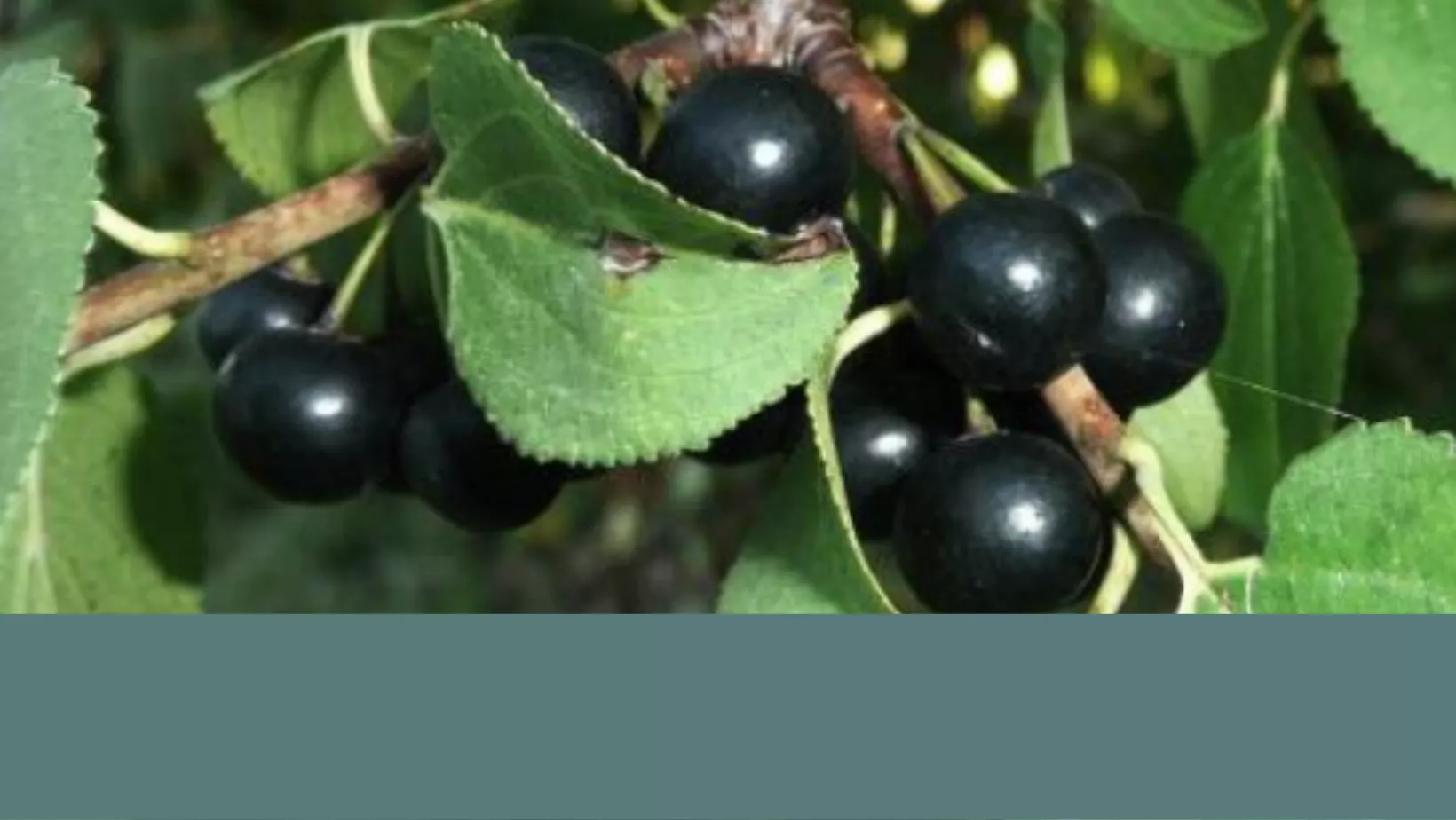Invasive Species Management
Wisconsin is known for its beautiful forests and landscapes, but in many areas invasive plants have been creeping in and altering the native ecosystems. Invasive plants, such as Buckthorn and Wild Parsnip, have the power to completely alter a landscape, as well as affect the balance of the native ecosystem.

What is an invasive species and why are they bad?
An invasive species is any species not native to the local area in which it is causing ecological harm. Sometimes when a species is transplanted into a new ecological community it thrives so much that it begins to harm members of the native ecosystem. If the population of that species continues to grow and is unable to be managed, it then becomes an “invasive species”.
What can we do about it?
Steigerwaldt Land Services has had the opportunity to partner with organizations and coordinate large-scale invasive species management projects. It is a great accomplishment to be able to help restore a large natural area to its original ecological balance. If landowners see any common invasive plants on their property, do not let them go unchecked! Invasive species do have the potential to get out of control, but with the proper information and the right specialists it is able to be controlled and managed. Our Environmental Specialists are happy to make a site visit to identify invasive species and help create a proper management plan.
How can we prevent it?
There are several things we can do to prevent invasive species from traveling to new areas and establishing themselves. A few of these strategies actually involve recreational activities that many of us participate in while enjoying the great outdoors. When fishing in our beautiful lakes it is very important to remove any weeds or other plant debris from the motor or underside of your boat if you plan on bringing it to another body of water.
Another common recreational activity in Wisconsin is riding ATVs. It is important to remove all debris on these vehicles as well when bringing them to a new area. Failure to do so may result in an invasive plant being brought into a previously healthy ecological community. When camping or hosting bonfires in the summer, firewood can also be a concern. Only burn firewood that is local to your area. Firewood is capable of hosting certain insects that are invasive or other diseases that may pose a threat to the native ecosystem.
Steigerwaldt is motivated and happy to help with any questions on invasive species that landowners may have, and with the help of the public, some of the spread may be able to be prevented in the first place.
– Kate Handberg, Environmental Assistant/Staff Forester







